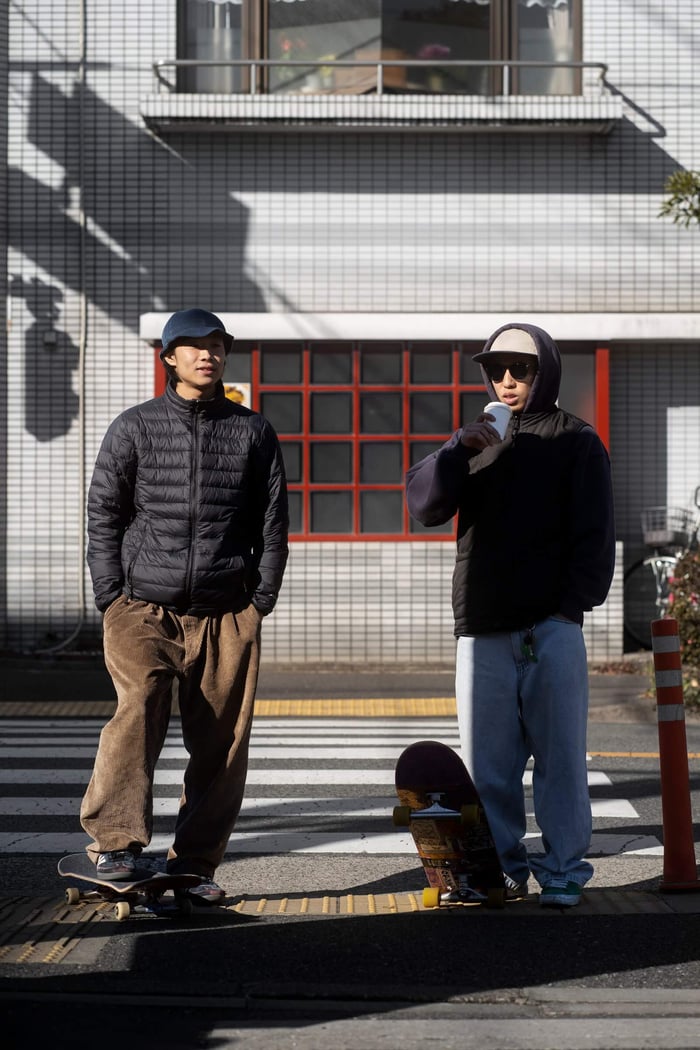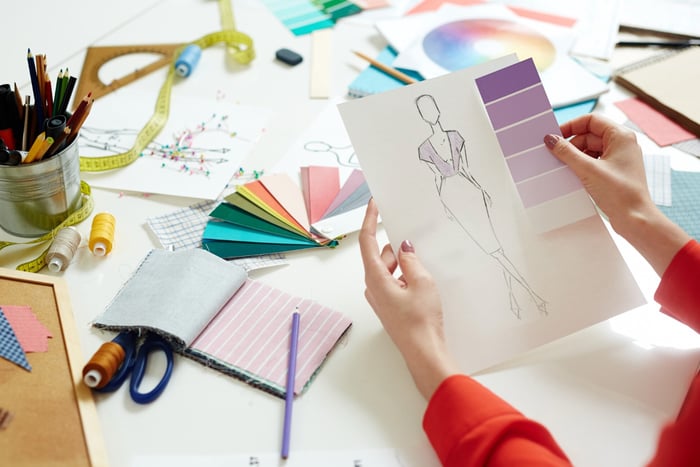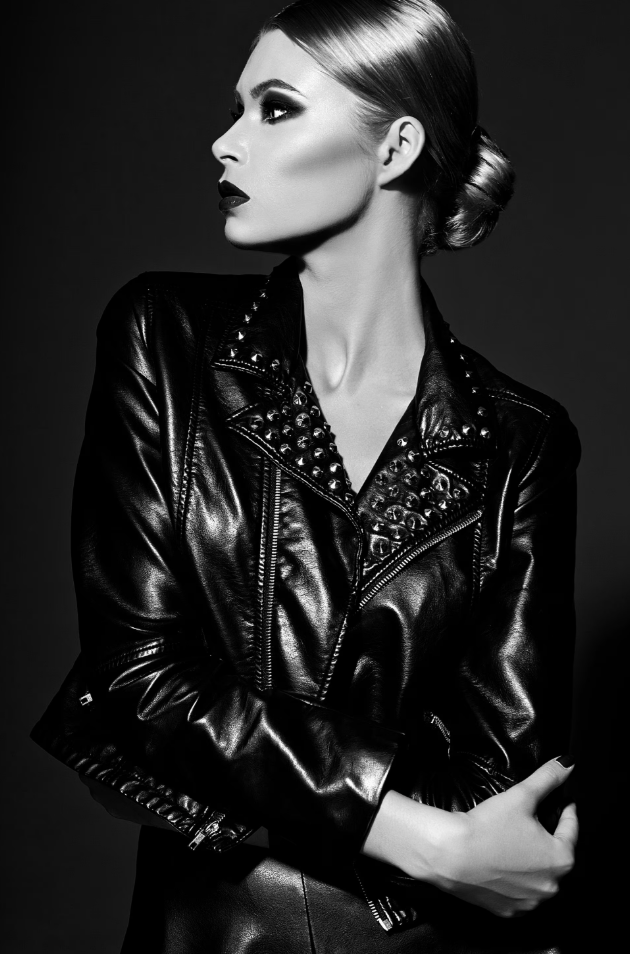How to Create a Clothing Brand: Step-by-Step Guide
Table of Contents
- Step 1: Define Your Brand Identity
- Step 2: Research the Market
- Step 3: Develop Your Designs
- Step 4: Choose Your Business Model
- Step 5: Source Fabrics and Manufacturers
- Step 6: Build Your Visual Identity
- Step 7: Set Up Your Online Presence
- Step 8: Create Your First Collection
- Step 9: Marketing and Launch Strategy
- Step 10: Scale and Grow
- How Modelia Can Support New Clothing Brands
- Conclusion on How to create a clothing brand
Starting a clothing brand is one of the most exciting projects for anyone passionate about fashion, creativity and business but could be so confusing how to create a clothing brand at the beggining. The fashion industry is constantly evolving, with trends changing every season and new names entering the market every year but behind every successful label, whether it’s a niche streetwear startup or a global luxury powerhouse, there’s careful planning, strategy, and persistence.
Launching a clothing brand is not just about creating nice designs, it’s also about building a strong identity, understanding your target audience, setting up production and learning how to market your products effectively. Many new designers underestimate the business side of things, but in reality, success comes from balancing creativity with strategy.
In this step-by-step guide, I’ll walk you through everything you need to know to create your own clothing brand from scratch. You’ll learn the most valuable fashion brand tips.

Step 1: Define Your Brand Identity
Before you start the design process, you need to define who you are as a brand. This step is crucial because fashion is more than clothing, it’s storytelling.
Think about:
Your target audience: Who are you designing for? Teenagers looking for trendy streetwear? Professionals searching for minimalist office looks? Eco-conscious shoppers who want sustainable fashion?
Your mission and values: What does your brand stand for? Maybe you want to fight fast fashion by focusing on slow, ethical production. Or maybe your mission is inclusivity, creating clothing for all body types.
Your aesthetic: Will your line be edgy, colorful, elegant, vintage-inspired, or futuristic?
A good example is Patagonia. It doesn’t just sell jackets; it sells a lifestyle and values around sustainability and outdoor adventure. On the other side, a brand like Supreme has built its identity on exclusivity and street culture. Both examples show how important it is to have a clear vision from day one.

Step 2: Research the Market
Fashion is one of the most competitive industries in the world. To survive, you need to know what’s happening around you before you start a clothing line. Market research is not the most glamorous part of the process, but it’s one of the most important.
Start by analyzing your competitors:
What kind of products are they offering?
What price range are they in?
How do they present themselves online?
Then look at trends: are people looking for oversized fits, gender-neutral clothing or tech-integrated garments? Trend reports, social media and platforms like WGSN can help you understand consumer preferences.
Finally, look for gaps in the market. If you notice that most brands in your niche are expensive, maybe you can offer something more affordable. Or if sustainability is missing, that could be your opportunity.

Step 3: Develop Your Designs
Now comes the creative heart of your brand: design.
You don’t need to be a professional illustrator to get started. Many successful founders started with simple sketches or even moodboards. The goal is to bring your ideas to life.
Here’s how you can start:
Sketch your concepts: Even rough drawings will help you visualize your ideas.
Build moodboards: Use images, textures and color palettes to guide your collection.
Use AI tools: Platforms like Modelia let you experiment with digital prototypes, recolor garments or even generate AI models wearing your designs. This speeds up the creative process and helps you test more ideas with less investment.
Your first collection doesn’t need to be huge, many new brands succeed with just 5–10 well-designed pieces that represent their vision because it’s better to have a small, cohesive collection than a large one that feels inconsistent.
Step 4: Choose Your Business Model
Every clothing brand needs a business model. This decision will determine how much money you need to start and how your production will work.
The main options are:
Print-on-demand (POD): Great for beginners. You design graphics, and a supplier prints and ships them when someone places an order. Low cost, but limited in fabric choice and customization.
Wholesale production: You produce in bulk with manufacturers. Higher upfront cost but gives you control over fabrics and cuts. Ideal for brands that want more control and exclusivity.
Made-to-order: Customers place an order, and you produce only what they buy. It’s sustainable, reduces waste, and works well for high-end or niche brands.
For example, a streetwear brand might start with POD to test designs, while a luxury label might go directly into wholesale with premium fabrics.
Step 5: Source Fabrics and Manufacturers
Your designs are only as good as the materials and people making them. Choosing the right fabrics and manufacturers is critical.
Start by exploring suppliers online or visiting fabric trade shows. Always order samples first to test quality. Pay attention to minimum order quantities, pricing, and delivery times. If sustainability is part of your mission, look for organic cotton, recycled polyester, or certified suppliers.
When it comes to manufacturers, communication is key. A good partner will help you bring your vision to life, while a bad one can ruin it with poor quality or delays. Test small batches before committing to big orders.

Step 6: Build Your Visual Identity
Fashion is visual, and your brand identity should reflect that. This includes your name, logo, packaging and overall style.
Choose a brand name that’s easy to remember and resonates with your mission.
Design a logo that works on labels, packaging, and websites.
Create a brand story that connects emotionally with your audience.
Think about Nike’s “Just Do It” or Chanel’s timeless elegance. Both go far beyond clothes, they tell a story. Your story doesn’t have to be as big yet, but it should be authentic and consistent.
Step 7: Set Up Your Online Presence
In today’s fashion world, your online presence is your storefront.
Build a website with platforms like Shopify or WooCommerce. Make it easy to navigate, mobile-friendly, and visually appealing.
Use social media strategically. Instagram, TikTok, and Pinterest are essential for fashion, and each requires different types of content.
Invest in content marketing. Share behind-the-scenes looks, styling guides, or videos of your design process.
High-quality photography is critical because customers need to see your clothes clearly, ideally on diverse models. Many brands now use AI models to save costs and create inclusive visuals without endless photoshoots.

Step 8: Create Your First Collection
This is where your dream becomes reality. Your first collection should represent your brand identity and mission.
Keep it manageable, maybe 6 to 12 pieces for a little first drop. Focus on a balance between statement items that capture attention and wearable basics that people can use daily. Make sure the colors, fabrics, and silhouettes create a cohesive look.
Remember, your first collection is about building a foundation. It doesn’t need to be perfect, but it should introduce your brand’s DNA.
Step 9: Marketing and Launch Strategy
The launch is one of the most exciting moments for a new brand but it needs strategy.
Start building buzz weeks before your release. Use teasers, countdowns, and sneak peeks on social media. Collaborate with influencers, even micro-influencers, who connect with your niche audience.
When launching, consider offering limited editions or early access for subscribers. Exclusivity creates urgency.
And don’t just focus on product photos. Share your story, your process, and your values. Fashion is emotional, and people buy into the story as much as the clothing.

Step 10: Scale and Grow
Once your brand is live, the journey has only begun. Now it’s about growth and consistency.
Collect feedback from your customers and adjust accordingly.
Slowly expand your collections with new designs or categories.
Improve your logistics and supply chain as demand increases.
Invest in advertising and partnerships once you have a loyal base.
Growth doesn’t happen overnight, but with persistence and adaptability, your brand can expand beyond its first collection into something much bigger.
How Modelia Can Support New Clothing Brands
Creating a clothing brand is a lot of work, and AI tools can make the process much smoother. With Modelia, you can:
Generate AI models wearing your clothes in different styles, sizes, and backgrounds.
Recolor garments instantly to test variations without producing new samples.
Create marketing visuals for your e-commerce store and social channels.
Instead of investing thousands in prototypes and photoshoots, you can speed up the design and marketing process, giving your brand a professional look from day one.

Check Modelia and try it out for free!
Conclusion on How to create a clothing brand
Starting a clothing brand is both creative and challenging. It requires vision, research, and resilience. By defining your brand identity, studying the market, building strong designs, and using the right tools, you can create a label that connects with people.
Your first steps might feel overwhelming, but remember, every major fashion house started somewhere. What sets successful brands apart is persistence, authenticity, and the ability to adapt.
With the help of AI tools like Modelia, new fashion entrepreneurs can skip many traditional barriers and focus on what matters most: bringing their vision to life.
Fashion is about expression, storytelling, and community. Now it’s your turn to write your story, one garment at a time.
How would you rate this article:
Related Articles
- How to Use an Outfit Visualizer for Fashion Inspiration
- Hautech AI Pricing, Plans and Feature Breakdown
- Learn How to Create Videos Using AI Technology
- How to Design a Fashion Logo That Stands Out
- Best 7 Botika Alternatives You Should Check Out in 2025
- Artificial Intelligence in Fashion: Transforming Design, Marketing and Modeling
- AI Person Generator: Generate Unique and Realistic People with AI
- Fashion Sketches: Inspiration & Drawing Tips
- Step-by-Step Guide to Changing Dress Colors Online with AI
- The 10 Best Fashion e-Commerce Trends for 2025


